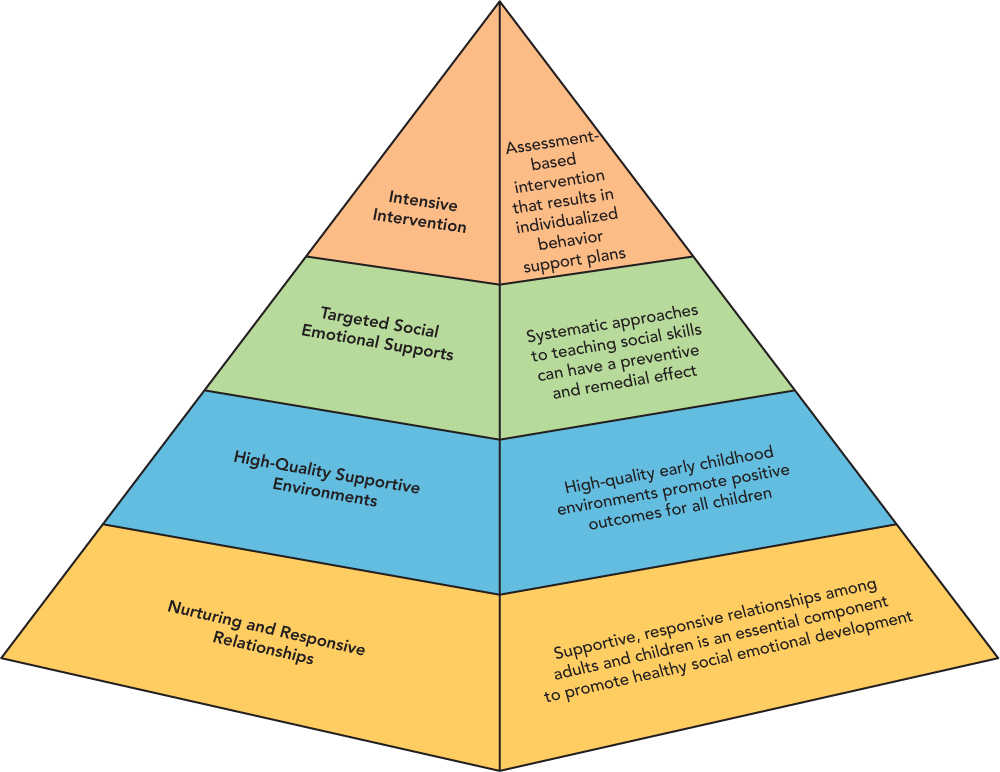The Use Of Clinical Systems To Improve Outcomes And Efficiencies
Required Readings
McGonigle, D., & Mastrian, K. G. (2017). Nursing informatics and the foundation of knowledge (4th ed.). Burlington, MA: Jones & Bartlett Learning.
Chapter 14, “The Electronic Health Record and Clinical Informatics” (pp. 267–287)
Chapter 15, “Informatics Tools to Promote Patient Safety and Quality Outcomes” (pp. 293–317)
Chapter 16, “Patient Engagement and Connected Health” (pp. 323–338)
Chapter 17, “Using Informatics to Promote Community/Population Health” (pp. 341–355)
Chapter 18, “Telenursing and Remote Access Telehealth” (pp. 359–388)
Dykes, P. C., Rozenblum, R., Dalal, A., Massaro, A., Chang, F., Clements, M., Collins, S. …Bates, D. W. (2017). Prospective evaluation of a multifaceted intervention to improve outcomes in intensive care: The Promoting Respect and Ongoing Safety Through Patient Engagement Communication and Technology Study. Critical Care Medicine, 45(8), e806–e813. doi:10.1097/CCM.0000000000002449
HealthIT.gov. (2018c). What is an electronic health record (EHR)? Retrieved from https://www.healthit.gov/faq/what-electronic-health-record-ehr
Healthcare Information Management and Systems Society. (2018). Electronic health records. Retrieved from https://www.himss.org/library/ehr/
Rao-Gupta, S., Kruger, D. Leak, L. D., Tieman, L. A., & Manworren, R. C. B. (2018). Leveraging interactive patient care technology to Improve pain management engagement. Pain Management Nursing, 19(3), 212–221. doi:10.1016/j.pmn.2017.11.002
Skiba, D. (2017). Evaluation tools to appraise social media and mobile applications. Informatics, 4(3), 32–40. doi:10.3390/informatics4030032
Literature Review: The Use of Clinical Systems to Improve Outcomes and Efficiencies
New technology—and the application of existing technology—only appears in healthcare settings after careful and significant research. The stakes are high, and new clinical systems need to offer evidence of positive impact on outcomes or efficiencies.
Nurse informaticists and healthcare leaders formulate clinical system strategies. As these strategies are often based on technology trends, informaticists and others have then benefited from consulting existing research to inform their thinking.
In this Assignment, you will review existing research focused on the application of clinical systems. After reviewing, you will summarize your findings.
To Prepare:
Review the Resources and reflect on the impact of clinical systems on outcomes and efficiencies within the context of nursing practice and healthcare delivery.
Conduct a search for recent (within the last 5 years) research focused on the application of clinical systems. The research should provide evidence to support the use of one type of clinical system to improve outcomes and/or efficiencies, such as “the use of personal health records or portals to support patients newly diagnosed with diabetes.”
Identify and select 5 peer-reviewed articles from your research.
The Assignment: (4-5 pages)
In a 4- to 5-page paper, synthesize the peer-reviewed research you reviewed. Be sure to address the following:
Identify the 5 peer-reviewed articles you reviewed, citing each in APA format.
Summarize each study, explaining the improvement to outcomes, efficiencies, and lessons learned from the application of the clinical system each peer-reviewed article described. Be specific and provide examples.



